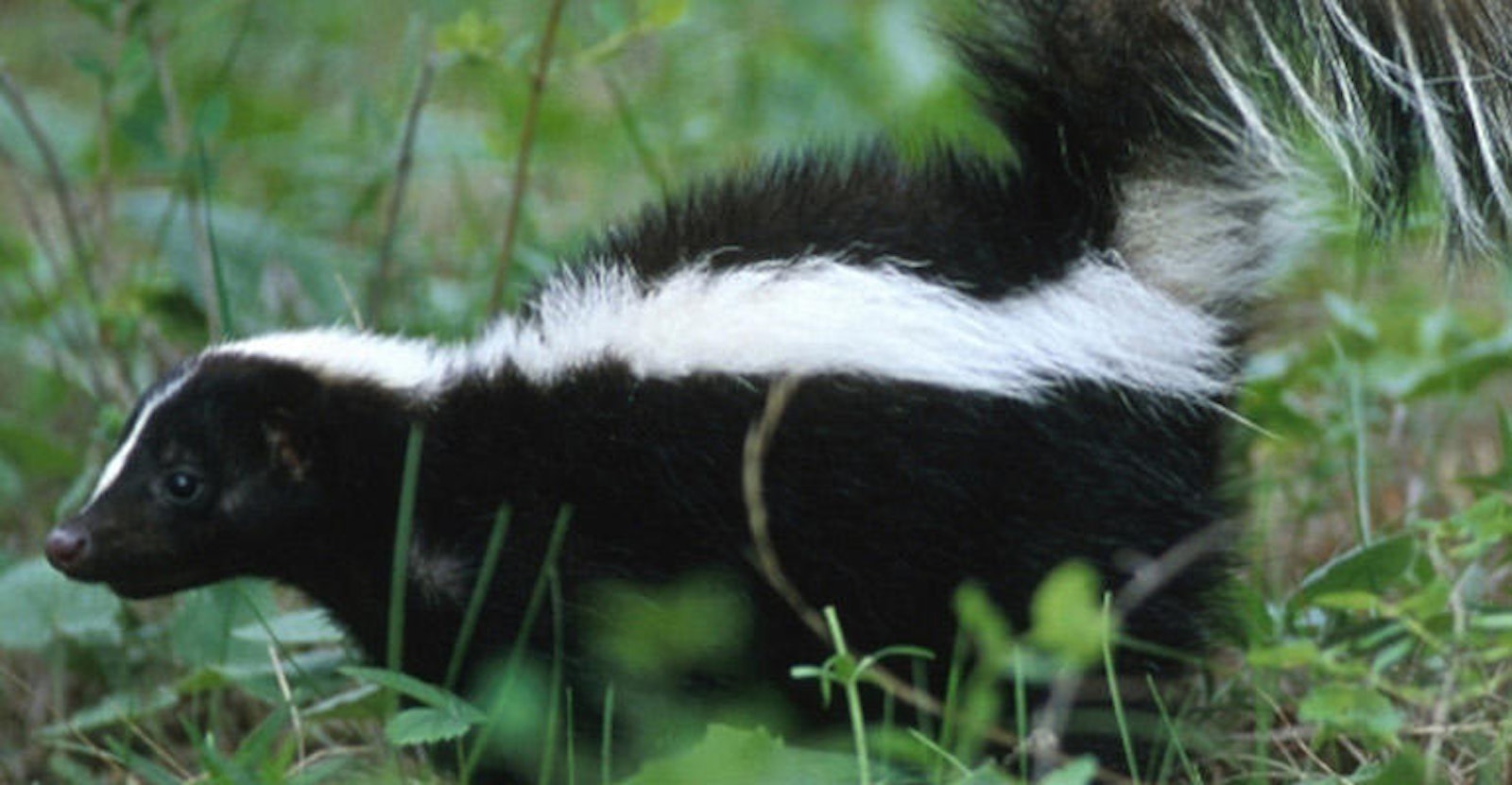Ah, Europe: From history and art to reliable public transportation and relaxed moral norms, the Continent exerts a romantic pull that few can resist.
And then there are all of those great European import beers. You know the ones: They’re fizzy and yellow like American beer, but they cost twice as much and come in green bottles. And with green bottle imports, you get an extra special bonus: that famous Euro-lager aroma we all know as skunk.
Yes, fairly or not, the number one thing that comes to mind for many of us when we think of European lagers is Mephitis mephitis, the North American striped skunk. Sure, European lager can taste quite good at the source, but by the time it crosses the Atlantic and makes its way to your local liquor store or bottle shop, it will have, in all likelihood, acquired an aroma akin to Pepé Le Pew.
And although nobody really seems to know why it’s traditional to add lime wedges to Mexican lagers in clear bottles, I think it’s an attempt to mask that stink in your drink. The phenomenon is so predictable that the Beer Judge Certification Program (BJCP) suggests that candidates “expose commercial beer in green bottles to sunlight for 1-3 days” when preparing for tasting exams.
Skunky aromas and flavors in beer occur when certain hop-derived photosensitive compounds, especially isohumulone, react in the presence of riboflavin to create—say it with me!—3-methyl-2-butene-1-thiol, or MBT. MBT happens to have a chemical makeup that’s strikingly similar to the aromatic secretions of a skunk.
Want to improve your homebrewing skills? Check out the Craft Beer & Brewing DVDs!
But it’s not just mass-market Continental lagers that are prone to skunking. Anything packaged in green or clear glass is vulnerable because these shades readily admit the wavelengths of light that react with isohumulone to create MBT. Certain British brewers are fond of packaging in clear bottles, while some of Belgium’s finest saisons and sours continue to be shipped over in green bottles.
It’s incredibly easy to avoid skunky homebrew: Just don’t expose your beer to light! The best way to do this is to package your homebrew in opaque containers such as kegs (commercial breweries can also take advantage of cans). Those of us who package in bottles should exclusively use brown glass, which is far more effective than green or clear at blocking harmful UV rays. But even brown glass isn’t 100 percent opaque, so keep bottles in a dark spot such as a closet for long-term storage.
Also, if you ferment or store your homebrew in clear carboys, be sure to cloak them in towels, black trash bags, or other light-impenetrable covers to keep them in the dark.
Of all of the off-flavors that can afflict beer, skunking is one of the most avoidable. With proper packaging and care in storage, you’ll be able to avoid these offensive odors.
Photo: Erwin C. Nielsen/Painet Inc.

